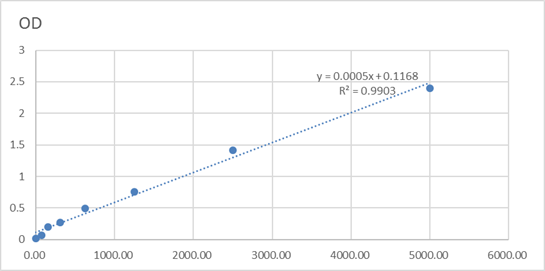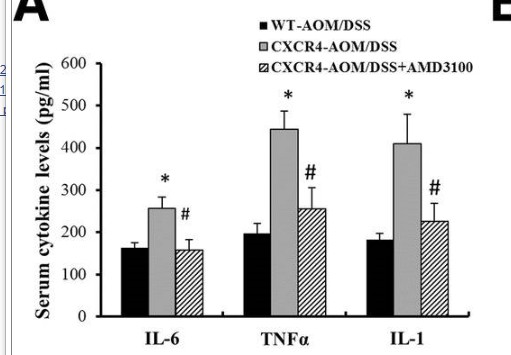Total Smad2/3 Cell-Based Colorimetric ELISA Kit
- 货号:KA4282C
- 应用:ELISA
- 种属:Human;Mouse;Rat
- 基因名称:
- SMAD2/SMAD3
- Human Swiss Prot No:
- P84022/Q15796
- 储存:
- 2-8°C/6 months
- 检测方法:
- Colorimetric
- 功能:
- negative regulation of transcription from RNA polymerase II promoter, skeletal system development, ossification,regulation of cell growth, osteoblast differentiation, response to hypoxia, formation of primary germ layer, mesoderm formation, cell activation, regulation of cytokine production, positive regulation of cytokine production, release of cytochrome c from mitochondria, regulation of cell-matrix adhesion, positive regulation of cell-matrix adhesion,osteoblast development, transcription, regulation of transcription, DNA-dependent, regulation of transcription from RNA polymerase II promoter, RNA processing, protein complex assembly, apoptosis, induction of apoptosis, activation of caspase activity, immune response, mitochondrion organization, cell cycle, cell cycle arrest, cell surface receptor linked signal transduction, enzyme linked receptor protein signaling pathway, transmembra
- 细胞定位:
- Cytoplasm . Nucleus . Cytoplasmic and nuclear in the absence of TGF-beta. On TGF-beta stimulation, migrates to the nucleus when complexed with SMAD4 (PubMed:15799969, PubMed:21145499). Through the action of the phosphatase PPM1A, released from the SMAD2/SMAD4 complex, and exported out of the nucleus by interaction with RANBP1 (PubMed:16751101, PubMed:19289081). Co-localizes with LEMD3 at the nucleus inner membrane (PubMed:15601644). MAPK-mediated phosphorylation appears to have no effect on nuclear import (PubMed:19218245). PDPK1 prevents its nuclear translocation in response to TGF-beta (PubMed:17327236). Localized mainly to the nucleus in the early stages of embryo development with expression becoming evident in the cytoplasm of the inner cell mass at the blastocyst stage (By similarity)
- June 19-2018
- WESTERN IMMUNOBLOTTING PROTOCOL
- June 19-2018
- IMMUNOHISTOCHEMISTRY-PARAFFIN PROTOCOL
- June 19-2018
- IMMUNOFLUORESCENCE PROTOCOL
- September 08-2020
- FLOW-CYTOMEYRT-PROTOCOL
- May 20-2022
- Cell-Based ELISA│解您多样本WB检测之困扰
- July 13-2018
- CELL-BASED-ELISA-PROTOCOL-FOR-ACETYL-PROTEIN
- July 13-2018
- CELL-BASED-ELISA-PROTOCOL-FOR-PHOSPHO-PROTEIN
- July 13-2018
- Antibody-FAQs



